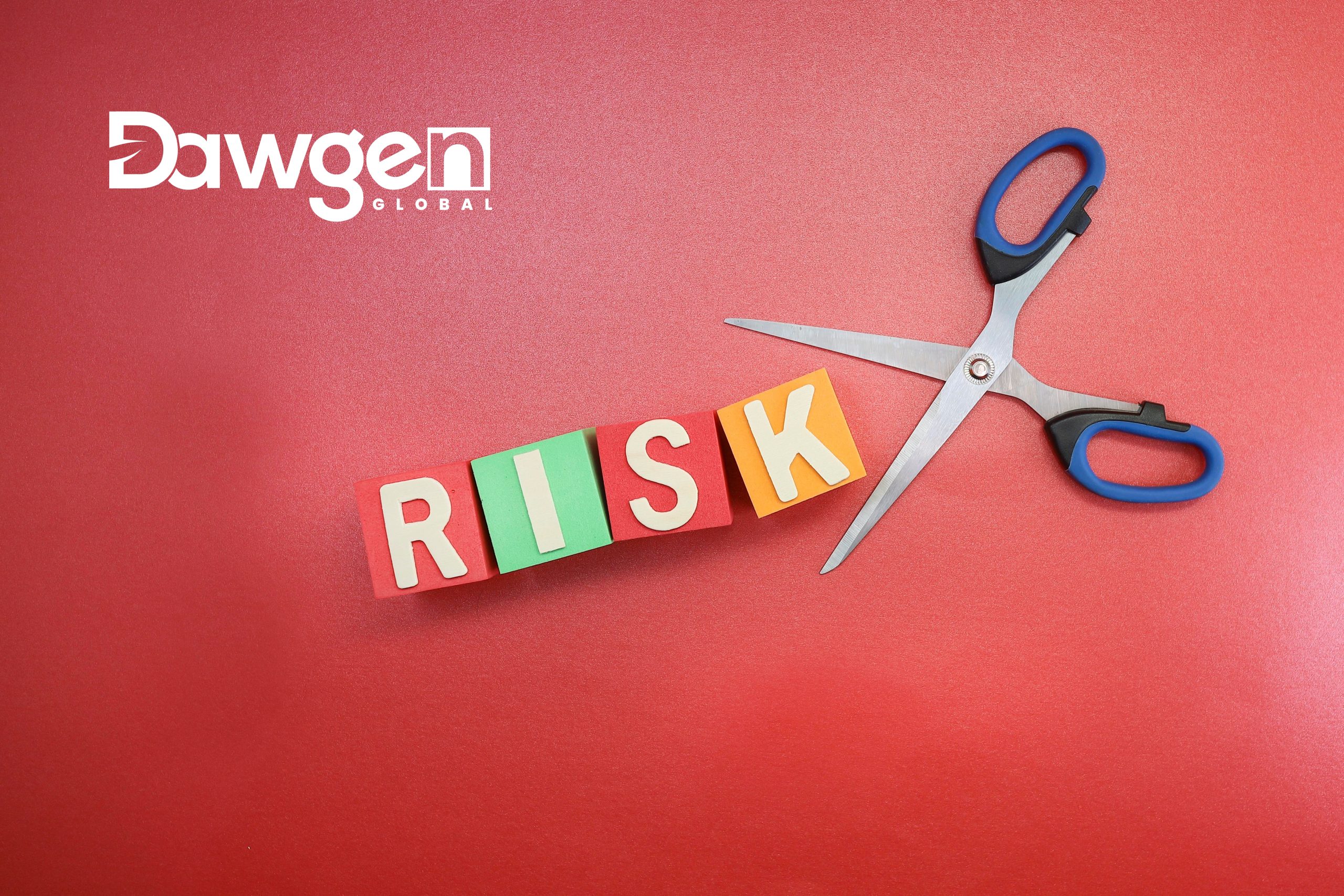In the complex fabric of modern business, operational risk looms as a silent thread capable of unraveling years of success. Defined as the risk of loss from inadequate or failed internal processes, people, and systems, or from external events, operational risk is an integral aspect of the broader risk management spectrum. Operational Risk Management (ORM) serves as the crucial practice of identifying, analyzing, and mitigating these risks. This article delves into the essentials of designing an effective ORM framework that aligns with business strategy, utilizes advanced methods and tools, and adheres to global standards, ensuring a resilient organizational structure.

Understanding Business Strategy and Risk Appetite
The foundation of effective ORM is a clear understanding of an organization’s business strategy and its associated risk appetite. The risk appetite—the amount and type of risk a company is willing to accept in pursuit of its objectives—must be intricately aligned with the strategic goals. This alignment ensures that ORM supports the organization’s ambitions without stifling growth. For instance, a fintech startup might accept higher operational risks in exchange for rapid growth, unlike a healthcare provider that prioritizes patient safety above all.
ORM Policy Deployment and Implementation Approaches
Once the risk appetite is established, the next step is the development of robust ORM policies. These policies should be comprehensive, clearly communicated, and integrated into all levels of the organization. Effective deployment hinges on tailored training programs, regular policy reviews, and a governance structure that ensures consistent application across the board. Implementing ORM effectively means embedding risk awareness into the corporate culture, turning every employee into a risk manager.
ORM Methods and Tools
ORM employs a variety of methods and tools to identify, assess, and manage risks. Qualitative techniques, such as workshops and interviews, help gather insights on less quantifiable risks, like those associated with human resources. Quantitative methods, including statistical analyses and modeling, are used to predict potential losses and their impacts. Tools such as risk matrices and heat maps provide visual representations of risks, aiding in prioritization and management. Choosing the right
Structural Differences Between Risk Types
Operational risks vary significantly in nature and origin. Process-related risks might stem from outdated procedures, while system risks are often tied to IT failures. Understanding these differences is crucial for developing targeted risk management strategies that address the unique characteristics of each risk type.
Regulatory and Framework Alignment
Adhering to regulatory requirements and established risk management frameworks enhances the efficacy of ORM practices. Basel II provides specific guidelines on risk management for financial institutions, including the need for adequate capital to cover risks. The COSO Enterprise Risk Management Framework offers a more generalized blueprint that can be adapted by various organizations to improve risk management processes and ensure compliance.
The Continuous ORM Cycle
ORM is not a one-time activity but a continuous cycle that evolves with the organization. This cycle involves the ongoing identification of new risks, reassessment of existing risks, implementation of controls, and monitoring of their effectiveness. Continuous monitoring helps organizations react swiftly to changes and maintain control over their operational risk landscape.
Key Components for ORM Success
Critical success factors for ORM include strong leadership, a proactive risk management culture, and effective communication. These elements ensure that ORM is seen as a valuable part of organizational strategy and operations, rather than a regulatory checkbox.
Utilizing Data Effectively
Data plays a crucial role in ORM. The Corporate Loss Database (CLD) helps organizations track and analyze historical loss data, providing insights that guide future risk management decisions. Key Risk Indicators (KRIs) are metrics used to signal increasing risk exposures in various areas of the organization, allowing for preemptive actions to mitigate risks.
Operational Risk Management is a dynamic and critical discipline that safeguards the pillars of an organization against the unpredictable nature of operational failures. By understanding and implementing a robust ORM framework, organizations can not only protect themselves from potential losses but also position themselves for sustainable growth and success.
For organizations looking to either initiate or enhance their ORM practices, the journey begins with a commitment to understanding and integrating risk management deeply into their strategic plans. Continued education, regular policy updates, and an unwavering commitment to cultural adaptation are essential steps on this path. Organizations are encouraged to leverage resources, seek expert advice, and continuously evolve their ORM strategies to navigate the complexities of operational risks.
This comprehensive guide provides the groundwork for organizations across industries to build or refine their Operational Risk Management frameworks, fostering a culture of informed risk-taking and resilience.
Next Step!
“Embrace BIG FIRM capabilities without the big firm price at Dawgen Global, your committed partner in carving a pathway to continual progress in the vibrant Caribbean region. Our integrated, multidisciplinary approach is finely tuned to address the unique intricacies and lucrative prospects that the region has to offer. Offering a rich array of services, including audit, accounting, tax, IT, HR, risk management, and more, we facilitate smarter and more effective decisions that set the stage for unprecedented triumphs. Let’s collaborate and craft a future where every decision is a steppingstone to greater success. Reach out to explore a partnership that promises not just growth but a future beaming with opportunities and achievements.
✉️ Email: [email protected] 🌐 Visit: Dawgen Global Website
📞 Caribbean Office: +1876-6655926 / 876-9293670 📲 WhatsApp Global: +1 876 5544445
Join hands with Dawgen Global. Together, let’s venture into a future brimming with opportunities and achievements.

